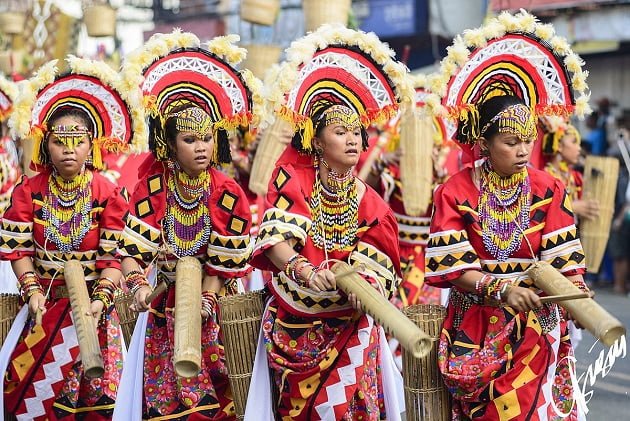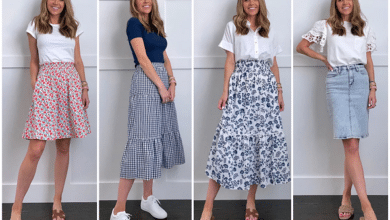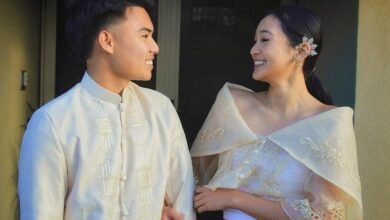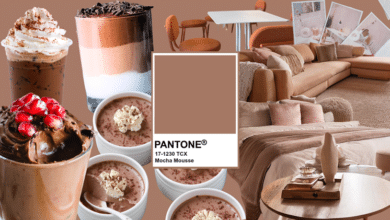Traditional Clothing: Glimpses of Philippine Cultural Heritage

The Philippines is a nation rich in cultural diversity, and its traditional clothing is a vivid representation of this heritage. Each garment not only serves a functional bizhunet purpose but also tells a story of Filipino history, customs, and identity. This article provides an overview of some prominent traditional Filipino clothing, organized for easy reference.
Overview of Traditional Filipino Clothing
| Garment | Description | Fabric | Design Features | Occasions |
|---|---|---|---|---|
| Barong Tagalog | A formal shirt, usually embroidered, worn untucked. | Piña, jusi, cotton | Embroidered front, long sleeves | Formal events, weddings |
| Terno | A formal dress characterized by its butterfly sleeves. | Silk, taffeta, baro’t saya | Butterfly sleeves, fitted bodice | Formal events, state functions |
| Baro’t Saya | Traditional women’s attire consists of a blouse and a long skirt. | Cotton, silk | Blouse and skirt combination | Daily wear, casual to semi-formal events |
| Saplot | Traditional garments worn by various ethnic groups, including woven fabrics and beaded accessories. | Woven fibers, beads | Varieties by ethnic group | Cultural ceremonies, traditional festivals |
| Mindanaoan Costume | Colorful and intricately beaded garments from Mindanao, including the versatile Malong. | Cotton, silk, and synthetic fibers | Colorful patterns, beadwork | Festivals, daily wear |
Barong Tagalog
Description: The Barong Tagalog is a quintessential piece of Filipino formal wear, renowned for its intricate embroidery and lightweight fabric. Traditionally made from piña (pineapple fiber) or jusi (banana silk), it is worn untucked, making it both elegant and comfortable. The Barong Tagalog is often chosen for important events such as weddings and official functions, reflecting its high status in Filipino society.
Fabric: Piña, jusi, cotton
Design Features: Embroidered front, long sleeves
Occasions: Formal events, weddings
Terno
Description: The Terno, with its dramatic butterfly sleeves and fitted bodice, is an iconic Filipino dress that exudes grace and sophistication. This traditional attire, often crafted from silk or taffeta, is worn by women for formal occasions and state functions. The Terno’s elaborate design and elegant silhouette make it a symbol of Filipino elegance and cultural pride.
Fabric: Silk, taffeta, baro’t saya fabric
Design Features: Butterfly sleeves, fitted bodice
Occasions: Formal events, state functions
Baro’t Saya
Description: The Baro’t Saya, also known as Baro’t Saya, is a classic Filipino outfit for women that includes a blouse (baro) and a long skirt (saya). Typically made from cotton or silk, this ensemble is versatile and suitable for both casual and semi-formal occasions. Its design reflects the traditional Filipino way of life and remains a popular choice for daily wear and cultural events.
Fabric: Cotton, silk
Design Features: Blouse and skirt combination
Occasions: Daily wear, casual to semi-formal events
Saplot
Description: Saplot refers to a range of traditional garments worn by various ethnic groups in the Philippines. Each group has its own distinctive style, often featuring woven fabrics and beaded accessories. For example, the Igorot people wear garments that showcase intricate weaving techniques and cultural symbols. The Saplot is a testament to the Philippines’ rich ethnic diversity and cultural practices.
Fabric: Woven fibers, beads
Design Features: Varieties by ethnic group
Occasions: Cultural ceremonies, traditional festivals
Mindanaoan Costume
Description: The Mindanaoan costume is notable for its vibrant colors and intricate beadwork. Among the various garments from Mindanao, the Malong is particularly versatile, serving as a skirt, dress, or shawl. Made from colorfully patterned fabrics, the Mindanaoan costume reflects the region’s rich cultural traditions and is often worn during festivals and everyday activities.
Fabric: Cotton, silk, synthetic fibers
Design Features: Colorful patterns, beadwork
Occasions: Festivals, daily wear
Conclusion
Traditional clothing in the Philippines is more than just attire; it is a celebration of the nation’s cultural heritage. From the elegant Barong Tagalog to the versatile Mindanaoan costume, each garment carries a piece of Filipino history and tradition. Embracing these traditional outfits not only honors the past but also preserves the rich tapestry of Filipino identity for future generations.




